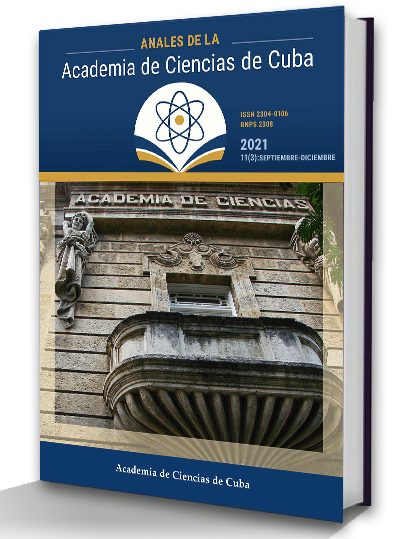Cuban vitae physics. Synopsis before COVID-19
Keywords:
physics, medicine, third revolution in biology, technological convergenceAbstract
The question why medicine and biotechnology have higher importance in Cuba is discussed. The social, economic and historical causes are presented divided into the colonial period, the neocolonial period and the period after the Cuban Revolution in 1959. In these contexts, the contribution of the dissimilarity professional and the influence of the most important institutions creating bioscience traditions are discussed. The contribution of Physics community to the development of biotechnology and pharmaceutical research is noted. Two of the biggest projects in which Physics had a preponderant contribution, that is, the MRI Cuban system and the international extension of high medical technology in the Imaging and Ophthalmology branches are mentioned. New views are debated concerning the third revolution in biology and advantages of its implementation. Fundamental aspects of the Cuban higher education system for scientific careers and for the functioning of the National Scientific system are reexamined, presenting some of the principal risks for the future of national scientific development.Downloads
Downloads
Published
How to Cite
Issue
Section
License
The journal Anales de la Academia de Ciencias de Cuba protects copyright, and operates with a Creative Commons License 4.0 (Creative Commons Attribution-NonCommercial License 4.0). By publishing in it, authors allow themselves to copy, reproduce, distribute, publicly communicate their work and generate derivative works, as long as the original author is cited and acknowledged. They do not allow, however, the use of the original work for commercial or lucrative purposes.
The authors authorize the publication of their writings, retaining the authorship rights, and assigning and transferring to the magazine all the rights protected by the intellectual property laws that govern in Cuba, which imply editing to disseminate the work.
Authors may establish additional agreements for the non-exclusive distribution of the version of the work published in the journal (for example, placing it in an institutional repository or publishing it in a book), with recognition of having been first published in this journal.
To learn more, see https://creativecommons.org






